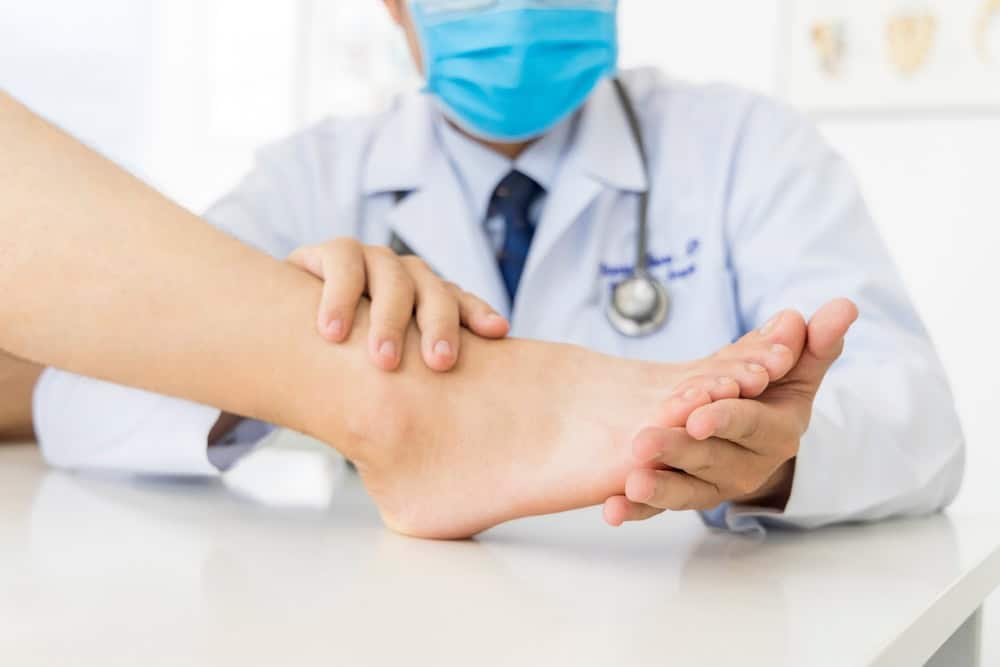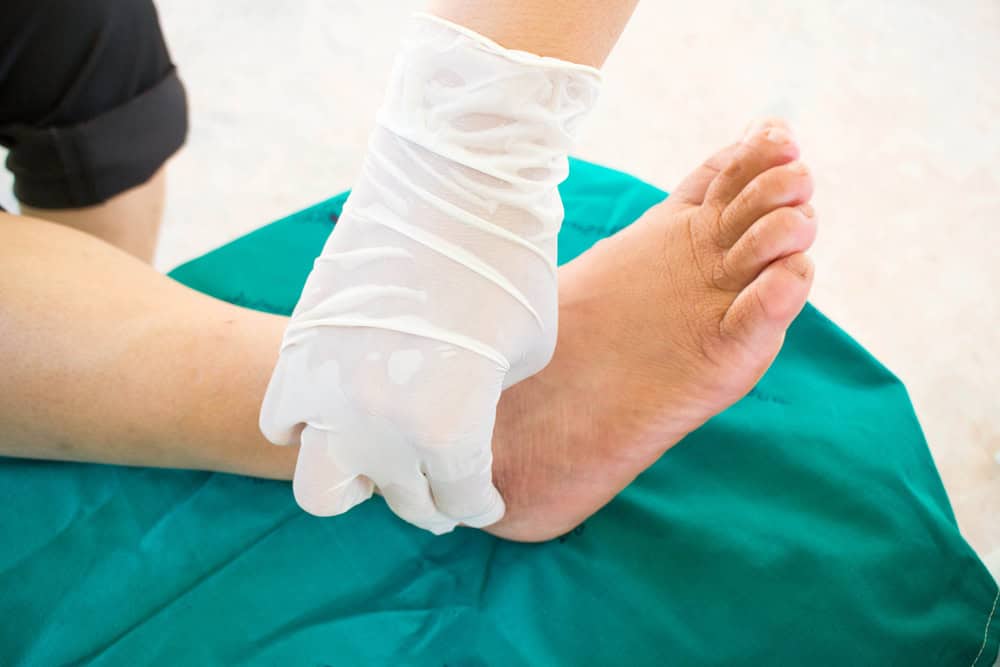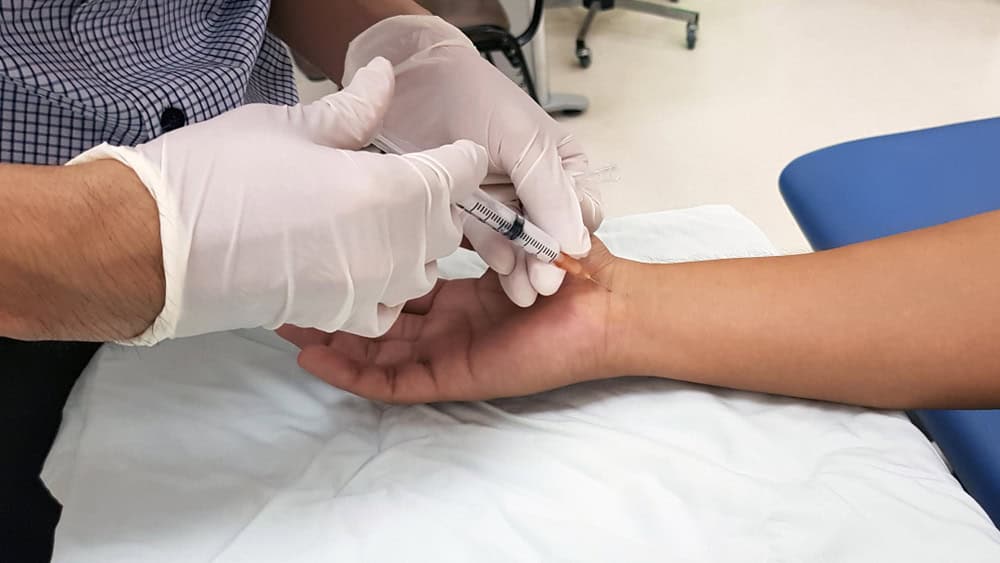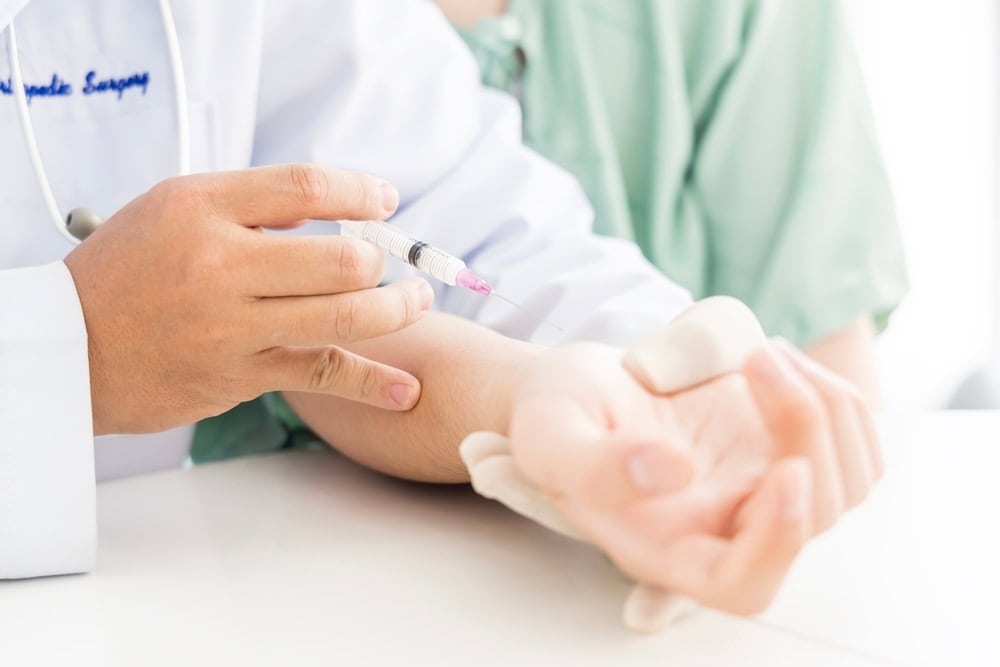Are you living with chronic nerve pain? Our neuropathy doctor in Rego Park, NY offers treatments that help reduce pain and improve mobility. Get the relief you deserve with specialized care.

Reviews

At NY Spine Medicine, we specialize in neuropathy treatment for individuals who are suffering from chronic nerve pain and peripheral neuropathy in Queens. Our neuropathy specialists use cutting-edge techniques to diagnose and manage nerve damage, improving the quality of life for our patients.
Advanced tools, like EMG tests and nerve conduction studies, allow us to create treatment plans that address nerve pain, numbness, and weakness. With options like physical therapy, nerve stimulation, and medication, we help patients regain comfort and mobility. Find lasting relief with our Rego Park, NY neuropathy doctor today!


Ready to get started?
Nerve pain shouldn’t dictate your daily life. That’s why at NY Spine Medicine, our neuropathy doctor in Rego Park, NY focuses on treatments designed to address chronic nerve pain and peripheral neuropathy at the source. We go beyond temporary relief, offering targeted therapies that promote long-term improvement.
From nerve damage treatment to innovative neuropathy therapies, we create custom strategies to restore function and reduce pain. Our goal is to help Queens residents regain strength, mobility, and confidence in their daily routines. Start your journey toward lasting relief-schedule a consultation with our team today.

Rego Park is built on lands originally part of the Leni Lenape Nation, possibly inhabited by members of the Canarsee band. By 1653, though, English and Dutch farmers moved into the area and founded a community called Whitepot, which was a part of the Township of Newtown. Whitepot is believed to be so named because Dutch settlers named the area “Whiteput”, or “hollow creek”; later, English settlers Anglicized the name. The Remsen family created a burial ground, which is still located on Alderton Street near Metropolitan Avenue. The colonists also founded the Whitepot School, which operated until the late 19th century.
The area turned out to be good for farming, the colonists cultivated hay, straw, rye, corn, oats, and vegetables. The original Dutch, English, and German farmers sold their produce in Manhattan; by the end of the 19th century, though, Chinese farmers moved in and sold their goods exclusively to Chinatown.
The settlement was renamed Rego Park after the Real Good Construction Company, which began development of the area in 1925. “Rego” comes from the first two letters of the first two words of the company’s name. The company built 525 eight-room houses costing $8,000 each. Stores were built in 1926 on Queens Boulevard and 63rd Drive, and apartment buildings were built in 1927-1928. In 1930, the Independent Subway System began work on eight IND Queens Boulevard Line stations in the area, at a cost of $5 million. The subway extension was concurrent with the Real Good Construction Company’s completion of apartment buildings near Queens Boulevard and one-family homes throughout the rest of the neighborhood.
Learn more about Rego Park.Local Resources
New York:
Florida:
Support